Breed Type: Gun Dog
Country of Origin: Germany
Size: Large
Males: Height: 60-65 cm Weight: 28-32kg
Females: Height: 58-63 cm Weight: 24-28 kg
Exercise Requirements: High
Care Requirements: Low
Lifespan: 12-13 Years
Best Suited as: Family Pet, Hunting Dog
The Large Munsterlander is named after the German region of his origin, Muster. While it is no longer a popular breed in Germany, the Large Munsterlander gained significant popularity in Australia and England. This is where the majority of them live today. They were originally bred as hunting dogs, but also make excellent family pets.
Appearance
The Large Munsterlander, is just that, large. While there are plenty of breeds that are larger than this guy, the Large Munsterlander is a sturdy, athletic breed that stands up to 65 cm high and weighs up to 32 kg. They have broad, elongated heads, and broad ears. Male’s heads tend to be broader than the females. They are the same height at their withers as they are long. Most have black noses and dark brown eyes that exhibit an intelligent and alert expression. Their white tipped tails are typically docked (although in many countries this is illegal).
The Large Munsterlander medium length coat can be white, blue roan or brown with patches of each of these colors. Most often, the heads of this breed are black with a white snip or star. The coat is fairly straight and thick with feathering on their legs, tail and ears.

Temperament
Large Munsterlanders can best be described as intelligent, active, independent, friendly and dependable. They love spending time with their owners, especially if it involves a fun game or other physical activity. Some call this dog the “Velcro†dog because he is rarely far away from his owner. Known to be affectionate and loyal, many owners find that training a Large Munsterlander is an easy task (especially if you have a female). They thrive on praise and other positive reinforcement such as food rewards.
The Large Munsterlander is an energetic breed that needs plenty of attention. While they generally do okay if left for some of the day, they do not do well when left alone for long periods of time. Many have known to be destructive and anxious when they are bored or feel ignored. They are also known to be loud barkers when cooped up for too long.
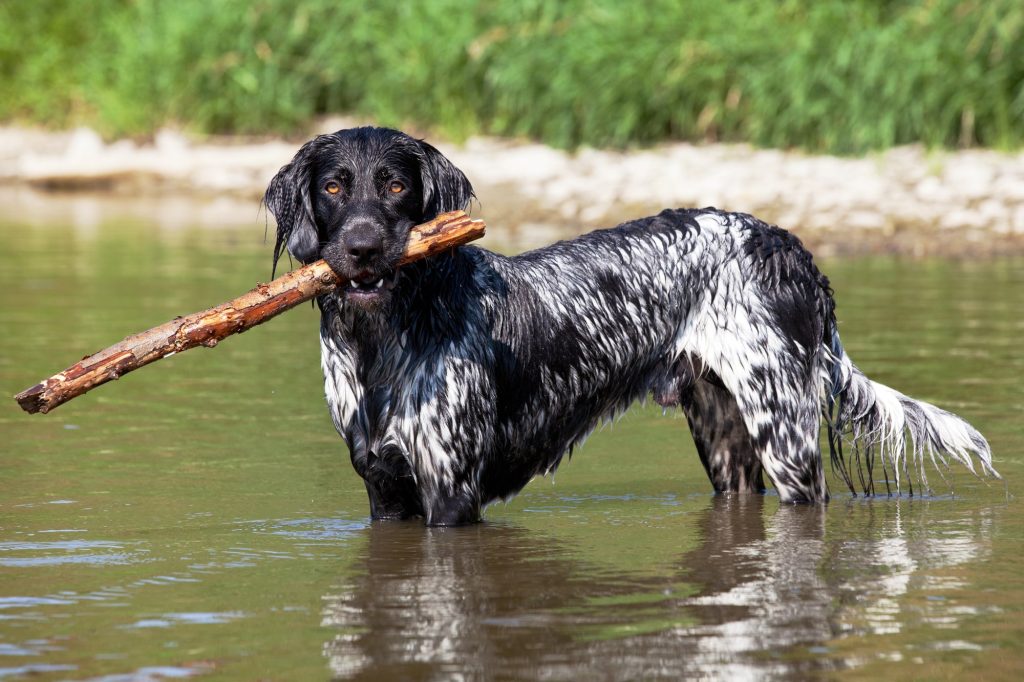
History
The German Large Munsterlander originated in the early 19th century in the Munster region. They were first classified as German Longhaired Pointers but were separated from their brown and white siblings (they were then only black and white) and named the Large Munsterlander in 1879. They were primarily used as bird hunting dogs because of their excellent noses, ability to track and point and their determined spirit. No terrain could stop these guys from enthusiastically working. Â
The Large Munsterlander Club was formed in 1919 in Germany. Like most breeds, the Large Munsterlander became scarce after the second world war. In the 1970’s, several dogs were imported to England and in the early 1980’s the breed was introduced in Australia where it became very popular. It was recognized by the Australian National Kennel Council in 1983. Today, the breed is most popular in England and in Australia.
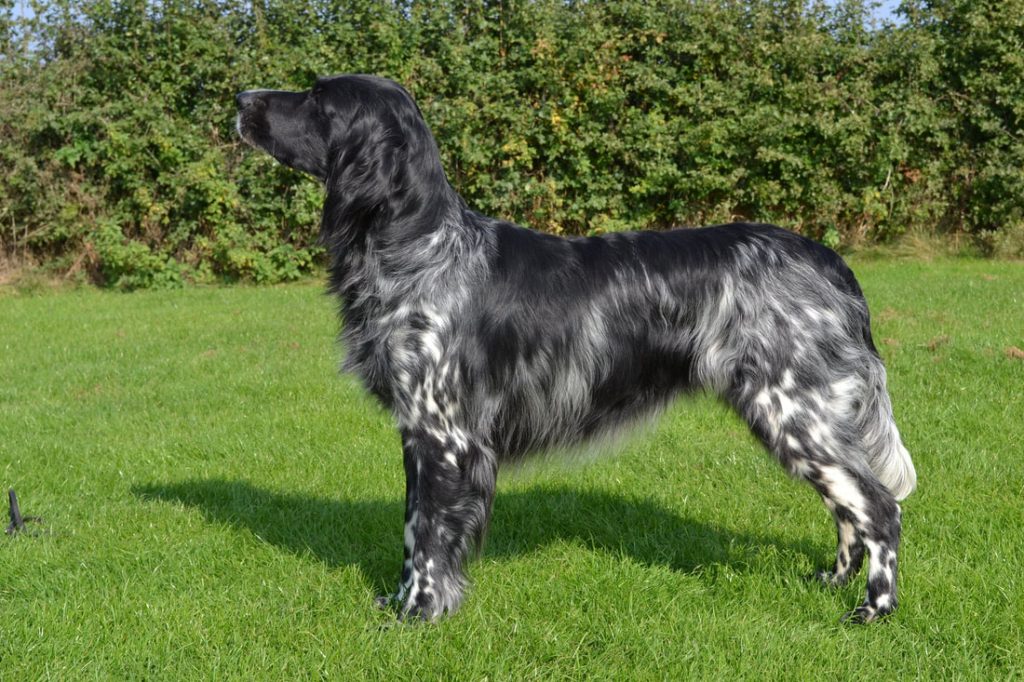
Care and Grooming
The Large Munsterlander is low maintenance in the grooming department. Their coat is easy to clean and unless they are dirty from playing outside or smelly, your Large Munsterlander will need only an occasional bath. Their coats should be brushed about once a week to keep from matting. Hair between their paw pads need to be trimmed regularly and their nails need to be clipped occasionally. The breed is an average shedder and will typically shed their coats twice a year.
Active, working dogs, your Large Munsterlander should be taken for a daily walk or run. Take care to keep them on a short leash however, as the Large Munsterlander has an instinctive pretty drive that will send him chasing anything that scurries past or near him. Long play sessions in the yard can suffice once in a while or can be done additionally. Trips to the dog park will also be much appreciated but beware, some Large Munsterlanders do get aggressive with other unknown dogs. If you want to really treat your dog, take them swimming. This breed is known for loving the water.
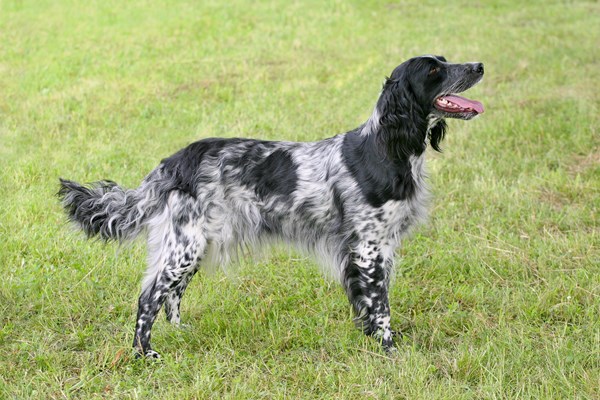
Health
The Large Munsterlander is in general, a healthy breed. Some dogs may have trouble with hip dysplasia, which causes degeneration of the hip joint. Because this is a hereditary disease, it is best to get a health certificate from your breeder on your puppy’s parents, clearing them of this problem. Some Large Munsterlander have skin allergies and have a particular sensitivity to fleas. Like many dog breeds, some Large Munsterlanders have developed cataracts.
Suitability as a Pet
Large Munsterlanders are said to make great pets, especially for those who live an active lifestyle. They live for their humans, showing them lots of love, affection and loyalty unless neglected. Large Munsterlanders love attention and anyone planning to adopt this breed should know that this guy does not do well when left alone. To help fill the void when you are away, buy your Large Munsterlander a number of chew toys and bones. They are known for always having a toy or bone in their mouth and loving to play any sort of active game with their owners. Natural retrievers, they can easily fetch a toy in the yard or in the water. This dog is also slow to mature, and has puppy-like behavior for up to two years. Anyone who is thinking about adopting this dog needs to be committed to their high energy level.
Large Munsterlanders are not ideal apartment dogs due to their activity level and their proclivity towards barking in absence of their owners. They do very well in suburban homes and on farms although they have a huge prey drive and will chase birds and other small animals. For this reason, they do best in a home without small furry siblings (gerbils, hamsters, mice, etc.) Most do well with dog and cat siblings as long as they were introduced as puppies. Because some can be aggressive to strange dogs, introducing a puppy into a family that already has a Large Munsterlander can be a problem. Most do very well with children, but due to their size, are best in families with older children or without children.
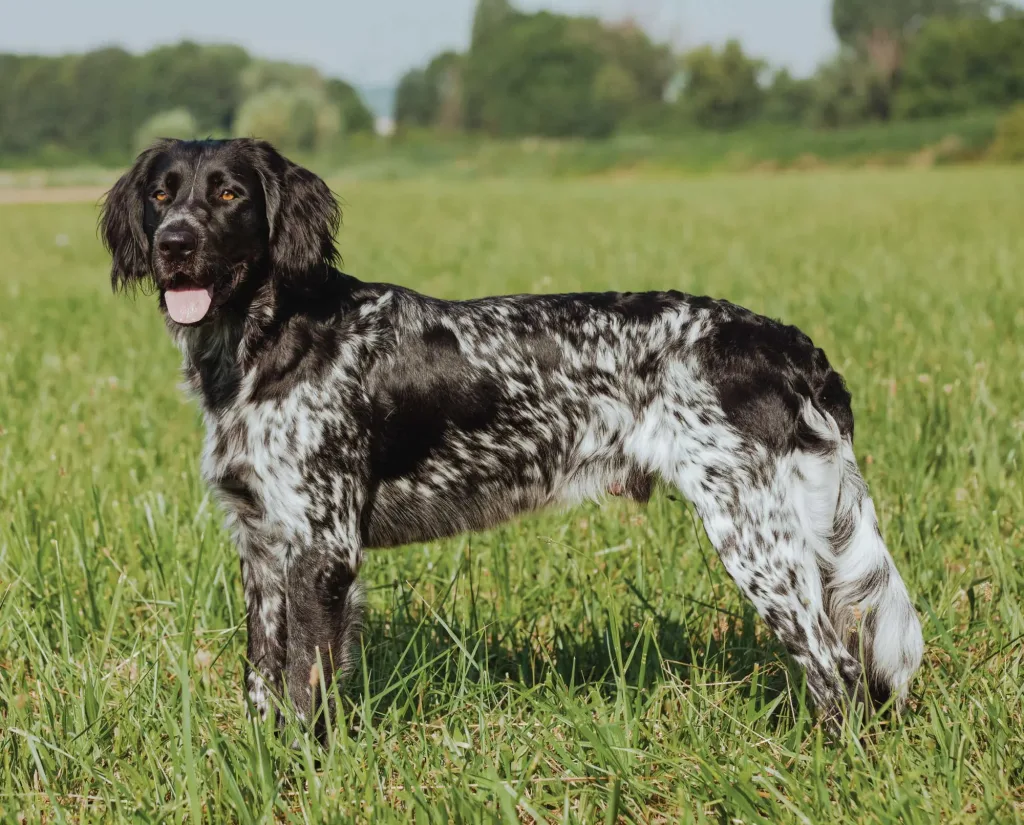
Munsterlander (large) Organisations in Australia
No club information listed
Munsterlander (large) Organisations in the UK
Welcome to the Large Munsterlander Club
Munsterlander (large) Organisations in the US
Large Munsterlander Club
Large Munsterlander Club of North America
Did we miss your organisation? Let us know. Contact Us
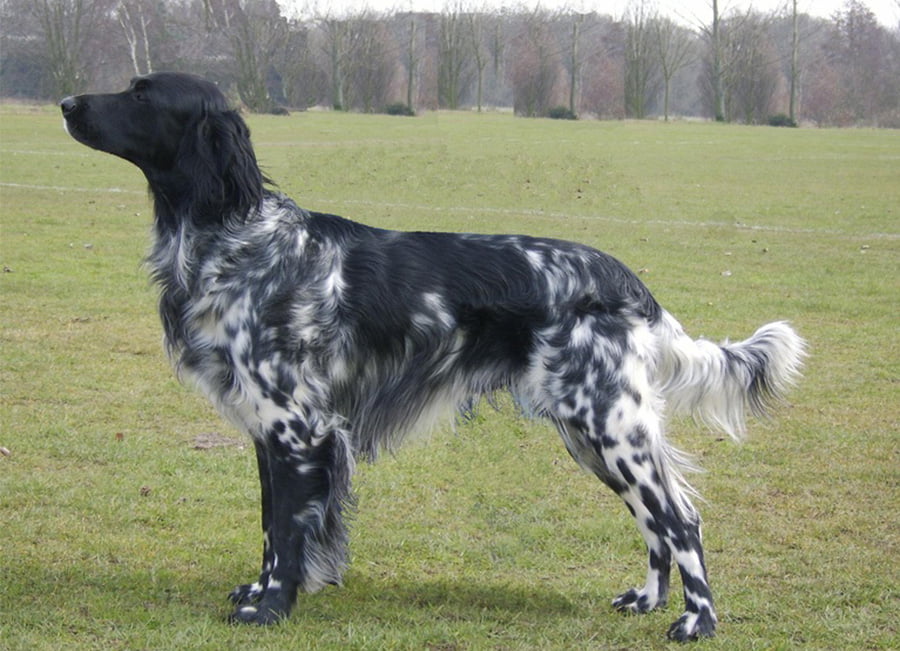
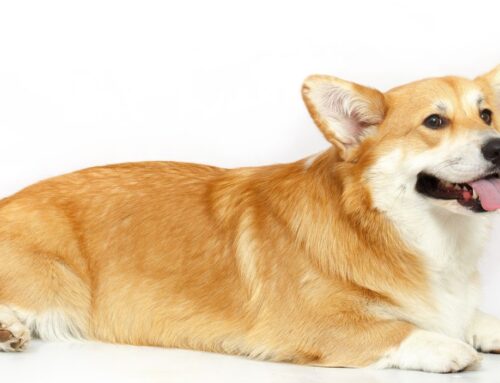

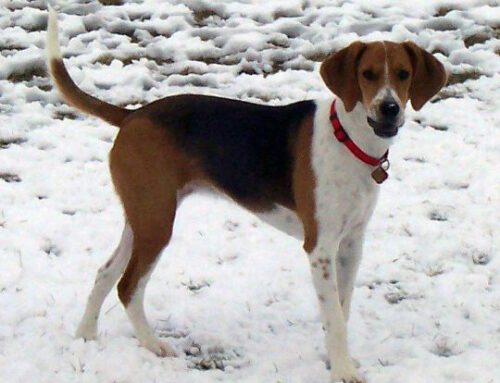
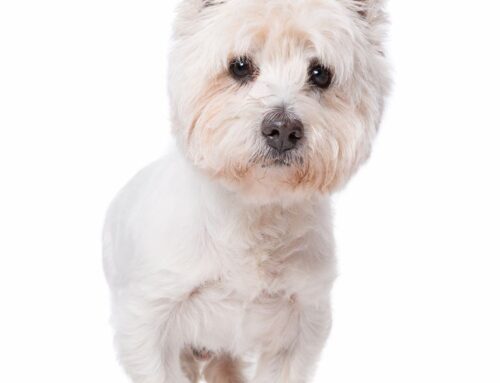

Leave A Comment